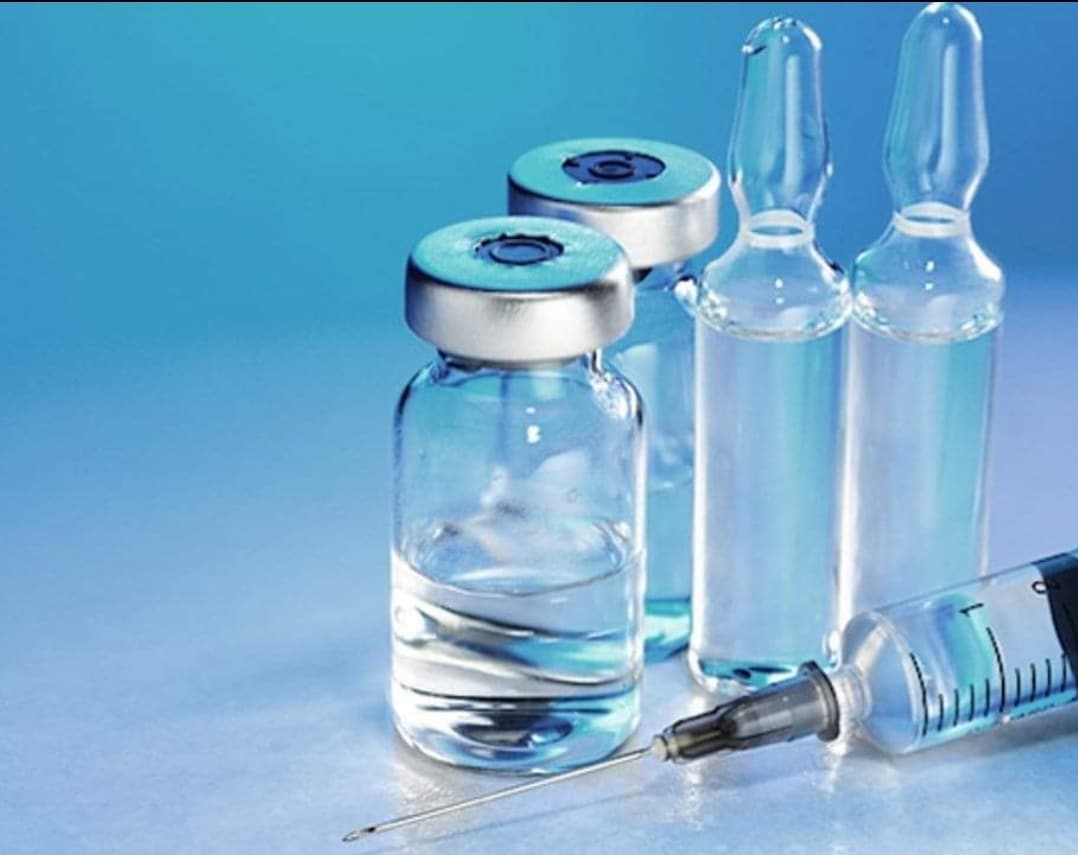USP In Vivo Bioavailability Testing of Parenterals
The United States Pharmacopeia (USP) has established a comprehensive set of monographs and testing procedures designed to ensure the safety, efficacy, and quality of pharmaceutical products. One such critical test is In Vivo Bioavailability Testing, which evaluates how quickly and effectively an injectable or parenteral medication is absorbed into the bloodstream following administration.
This testing is particularly crucial for parenteral drug delivery systems because these medications are often used to treat severe conditions where rapid onset of action is necessary. The primary objective of this test is to determine whether a specific formulation delivers its active ingredient(s) to the body at an appropriate rate and extent, thereby meeting the clinical requirements.
The testing process involves administering the drug product under standardized conditions and measuring the concentration of the active substance in blood samples over time. This allows for comparison with the reference listed drug (RLD), which serves as a benchmark against which new formulations are evaluated. Compliance with USP guidelines is essential to ensure that pharmaceutical products meet rigorous standards set forth by regulatory authorities.
Key aspects include:
- Administration route: Injection or infusion
- Type of formulation: Liquid, powder for solution, etc.
- Sample collection: Blood samples taken at specified intervals post-administration
- Analysis method: High-performance liquid chromatography (HPLC), mass spectrometry (MS)
The results provide valuable insights into the pharmacokinetics of the drug, helping manufacturers optimize formulations for better patient outcomes. This testing plays a vital role in ensuring that injectable and parenteral medications perform consistently across different populations.
For pharmaceutical companies developing new products or reformulating existing ones, this service offers critical data needed to support regulatory filings and ensure compliance with stringent quality control measures.
| Standard | Description |
|---|---|
| USP Ch. 512: Bioavailability and Bioequivalence Studies | Guidance on designing, conducting, and analyzing bioavailability studies to compare new formulations with reference listed drugs. |
| USP Ch. 601: In Vivo Bioavailability and Bioequivalence Testing | Details specific methods for in vivo testing of drug products, including parenterals. |
| Use Case/Example | Description |
|---|---|
| New Drug Development | Evaluating the absorption profile of a novel injectable medication to inform formulation adjustments. |
| Generic Drug Approval | Demonstrating bioequivalence between a generic and brand-name parenteral product for market approval. |
| Formulation Optimization | Comparing different excipient combinations in injectable formulations to enhance stability and efficacy. |
Applied Standards
The United States Pharmacopeia (USP) sets forth detailed protocols for conducting In Vivo Bioavailability Testing of Parenterals. These guidelines are designed to ensure that the testing methods used are scientifically sound and reproducible, thereby providing reliable data on drug performance.
Key USP standards include:
- USP Ch. 512: Bioavailability and Bioequivalence Studies: Provides comprehensive guidance on the design, conduct, and analysis of bioavailability studies. This includes selecting appropriate study designs, determining sample sizes, defining endpoints, and interpreting results.
- USP Ch. 601: In Vivo Bioavailability and Bioequivalence Testing: Offers specific protocols for in vivo testing of drug products, including parenterals. It covers aspects such as dose selection, sampling strategies, analytical methods, and data analysis techniques.
| Standard | Description |
|---|---|
| USP Ch. 512: Bioavailability and Bioequivalence Studies | Guidance on designing, conducting, and analyzing bioavailability studies to compare new formulations with reference listed drugs. |
| USP Ch. 601: In Vivo Bioavailability and Bioequivalence Testing | Details specific methods for in vivo testing of drug products, including parenterals. |
The application of these standards ensures that the tests conducted are consistent with industry best practices and regulatory requirements. This consistency is crucial for generating reliable data that can be used to make informed decisions about product development and quality assurance.
Industry Applications
In Vivo Bioavailability Testing of Parenterals finds extensive application across various industries, particularly in the pharmaceutical sector. This testing is vital for ensuring that injectable medications meet stringent regulatory standards and deliver effective treatments to patients.
Pharmaceutical companies rely on this service to:
- Evaluate new formulations to improve drug efficacy
- Demonstrate bioequivalence between generic and brand-name products
- Optimize excipient choices for enhanced stability and safety
- Ensure compliance with international quality standards
The results of these tests are used extensively in regulatory submissions, helping to secure approvals for new drugs or modifications to existing formulations. This service also supports ongoing research and development efforts by providing critical data on drug behavior within the body.
In addition to its role in ensuring product quality, In Vivo Bioavailability Testing plays a key part in advancing medical treatments. By improving our understanding of how different formulations behave post-administration, this testing contributes significantly to better patient outcomes.
Use Cases and Application Examples
This section highlights practical scenarios where In Vivo Bioavailability Testing of Parenterals is applied effectively:
- New Drug Development: Evaluating the absorption profile of a novel injectable medication to inform formulation adjustments.
- Generic Drug Approval: Demonstrating bioequivalence between a generic and brand-name parenteral product for market approval.
- Formulation Optimization: Comparing different excipient combinations in injectable formulations to enhance stability and efficacy.
| Use Case/Example | Description |
|---|---|
| New Drug Development | Evaluating the absorption profile of a novel injectable medication to inform formulation adjustments. |
| Generic Drug Approval | Demonstrating bioequivalence between a generic and brand-name parenteral product for market approval. |
| Formulation Optimization | Comparing different excipient combinations in injectable formulations to enhance stability and efficacy. |
These examples illustrate the diverse applications of this testing method, underscoring its importance in both clinical research and regulatory compliance.





